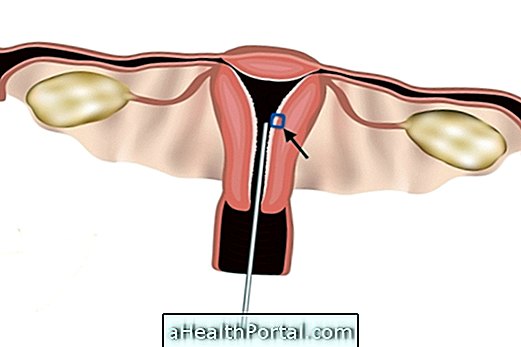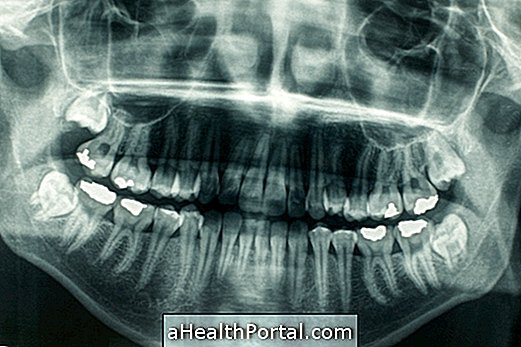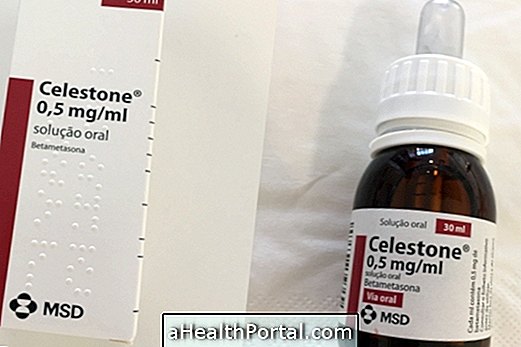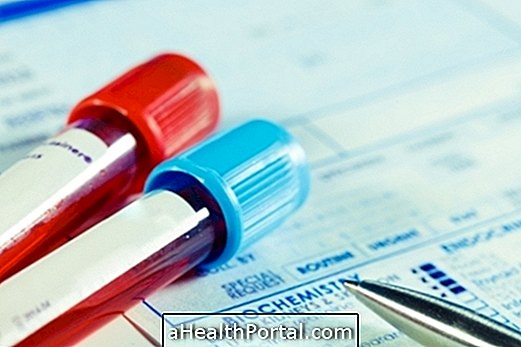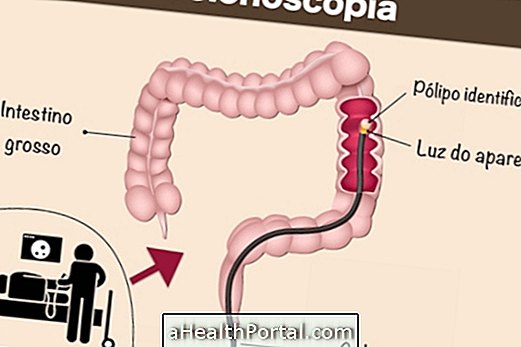Sputum examination is a type of clinical analysis in which different sputum characteristics such as fluidity, color, and especially if there is a large number of bacteria that may be causing a lung infection are evaluated.
Thus, this type of examination is usually used by the pulmonologist to confirm the diagnosis of some respiratory infections, such as:
- Pneumonia;
- Tuberculosis;
- Bronchitis;
- Cystic fibrosis.
Sputum examination can often be ordered even when there is already a diagnosis of a lung infection to identify the bacteria or other microorganism that causes it, so that the treatment can be better tailored with a more specific antibiotic.
See the main symptoms that can lead the doctor to suspect tuberculosis, pneumonia or bronchitis.

How is the exam done?
The sputum examination is very easy to do, and it is only necessary to put the phlegm inside a small plastic cup. To ensure that the collected sputum contains the bacteria that are in the lung it is advised that a deep cough is made to loosen the secretions that are in the lung, just avoiding collecting saliva from the mouth and upper respiratory tract.
If there is difficulty in extracting the sputum, the pulmonologist can lightly pat the back to help the secretion to be released from the walls of the lung and rise to the mouth. Generally, collection should be done in the morning before eating or drinking to avoid contaminating the sputum sample.
In some people, the doctor may also recommend having a bronchoscopy to be able to collect the required amount of lung sputum. Understand what bronchoscopy is and how it is done.
How to prepare for the exam
There is no very specific preparation for the sputum examination, however, some doctors may recommend rinsing the mouth with plain water before coughing and avoid using mouthwashes before the examination.
How to interpret the results
The results of the sputum examination should always be interpreted by the pulmonologist, but usually are:
- Negative : is the normal result and means that no bacteria or fungi have been found that can cause disease.
- Positive : means bacteria or fungi have been found that can cause disease in the sputum sample. In these cases, the type of microorganism is usually also indicated to help the doctor choose an antibiotic or antifungal.
In the case of a negative result, it is very important that the test be the same as the one evaluated by the pulmonologist since, if there are symptoms, it may mean that there is an infection caused by viruses that are not identified in the examination.
Check how the treatment is done for the most common infections such as pneumonia and tuberculosis.


